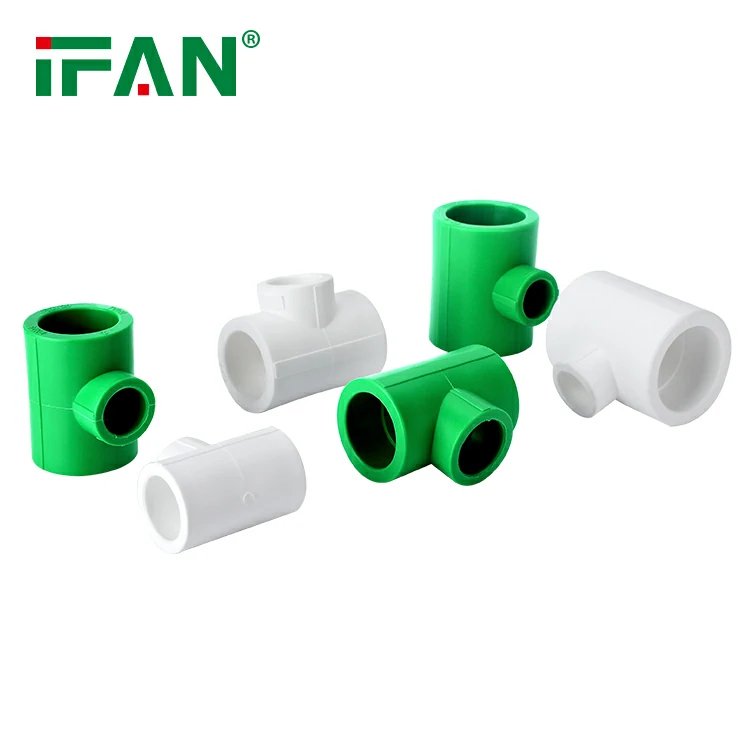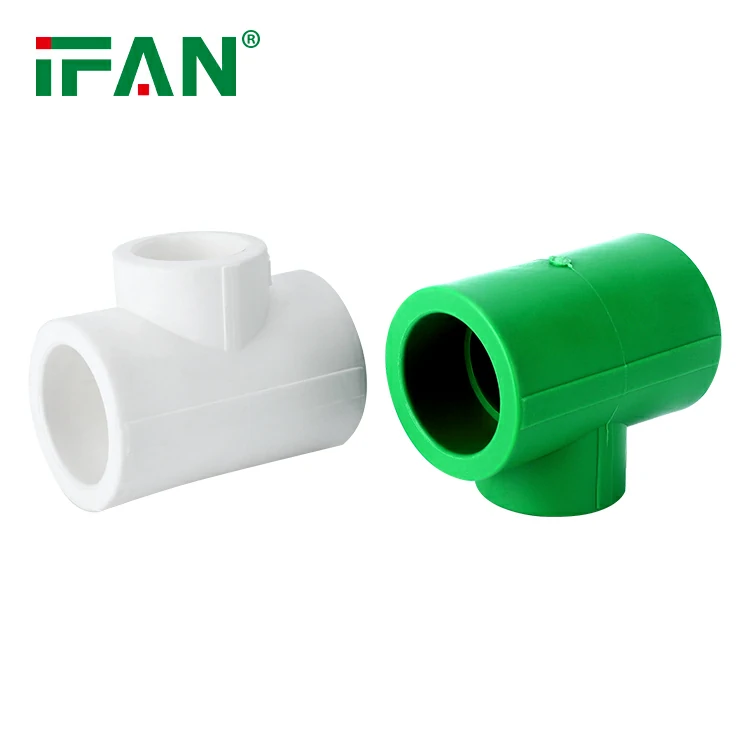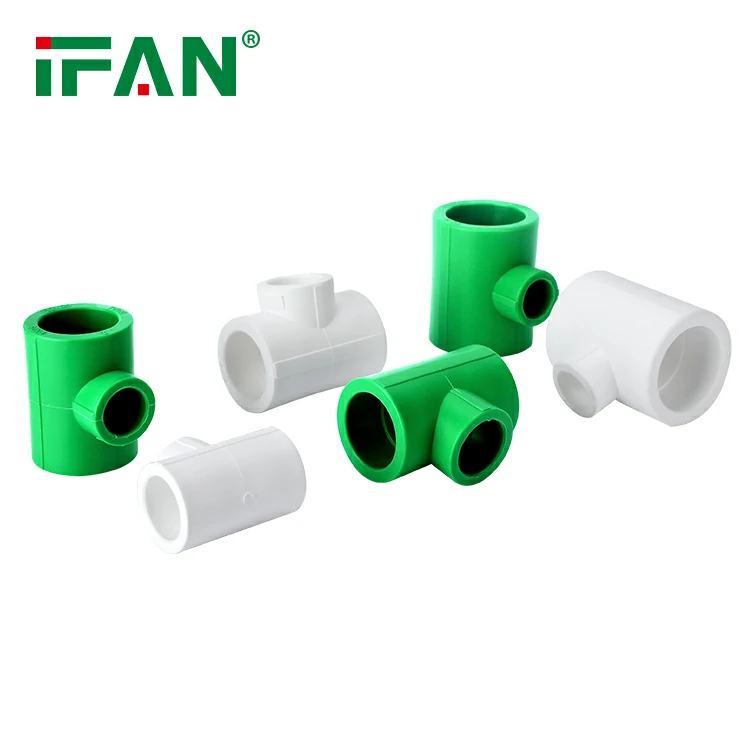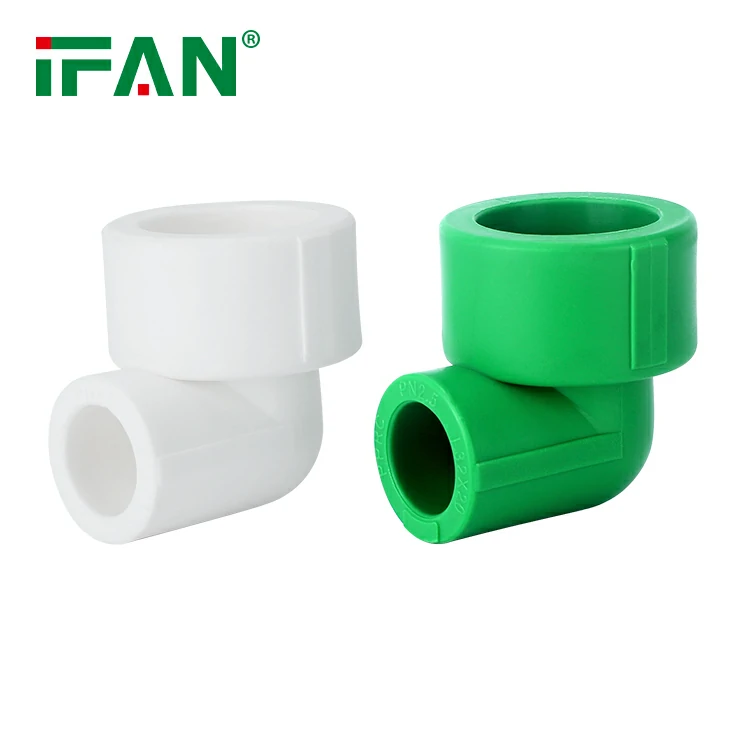IFAN factory 30+ years manufacture experience support color /size customization support free sample.Welcome to consult for catalog and free samples.This is our Facebook Website:www.facebook.com,Click to watch IFAN’s product video.Compared with Tomex products, our IFAN products from quality to price are your best choice, welcome to buy!
Chlorinated Polyvinyl Chloride (CPVC) fittings have become a popular choice in various plumbing and fire protection applications due to their durability and reliability. However, like any material used in construction and infrastructure, CPVC fittings have environmental implications that warrant consideration. This article explores the environmental impact of CPVC fittings, discussing their lifecycle, resource usage, recyclability, potential hazards, and alternative materials.
Lifecycle Analysis of CPVC Fittings
The lifecycle of CPVC fittings begins with the extraction of raw materials, primarily petroleum-based products. The manufacturing process involves polymerization and chlorination, which can consume significant energy and release greenhouse gases. Studies indicate that the production of CPVC emits more carbon dioxide compared to other materials, such as copper or steel. However, once installed, CPVC fittings have a long lifespan—often exceeding 50 years—reducing the frequency of replacements and associated environmental impacts from manufacturing new fittings. Thus, while the initial carbon footprint is higher, the longevity of CPVC fittings may mitigate some of these impacts over time.
Resource Usage and Energy Consumption
The production of CPVC fittings requires substantial amounts of fossil fuels and water, raising concerns about resource depletion. The extraction of petroleum not only contributes to environmental degradation but also poses risks of oil spills and habitat destruction. Additionally, the manufacturing process is energy-intensive, leading to further emissions. However, CPVC fittings are lightweight, which can result in lower transportation emissions compared to heavier materials like metal. Choosing CPVC can balance resource usage with performance benefits, although it is vital to consider the entire supply chain for a comprehensive understanding of its environmental impact.
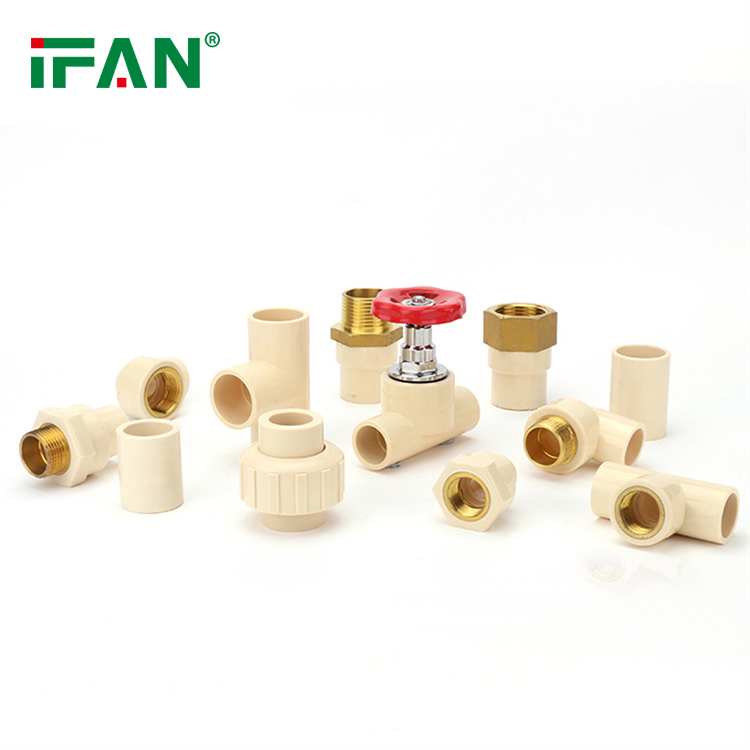
Recyclability and Waste Management
Recycling is a crucial factor in assessing the environmental impact of any material, and CPVC fittings present unique challenges. While they can technically be recycled, the infrastructure for recycling CPVC is not widely available. Many waste management facilities do not accept CPVC due to its chemical composition, leading to a substantial volume ending up in landfills. This situation underscores the importance of developing better recycling technologies and programs specifically for CPVC materials. Encouraging manufacturers to adopt take-back programs or promote recycling initiatives could significantly reduce waste and enhance the sustainability profile of CPVC fittings.
Potential Hazards and Chemical Concerns
One concern surrounding CPVC fittings revolves around the chemicals used in their production and their potential effects on health and the environment. During the manufacturing process, harmful substances such as dioxins can be released, which are known to have detrimental effects on ecosystems and human health. Furthermore, when improperly disposed of, CPVC can leach harmful chemicals into the soil and groundwater. To mitigate these risks, it is essential to adhere to strict regulations and standards during the production and disposal of CPVC fittings. Increased public awareness and education on proper disposal methods can further minimize potential hazards.
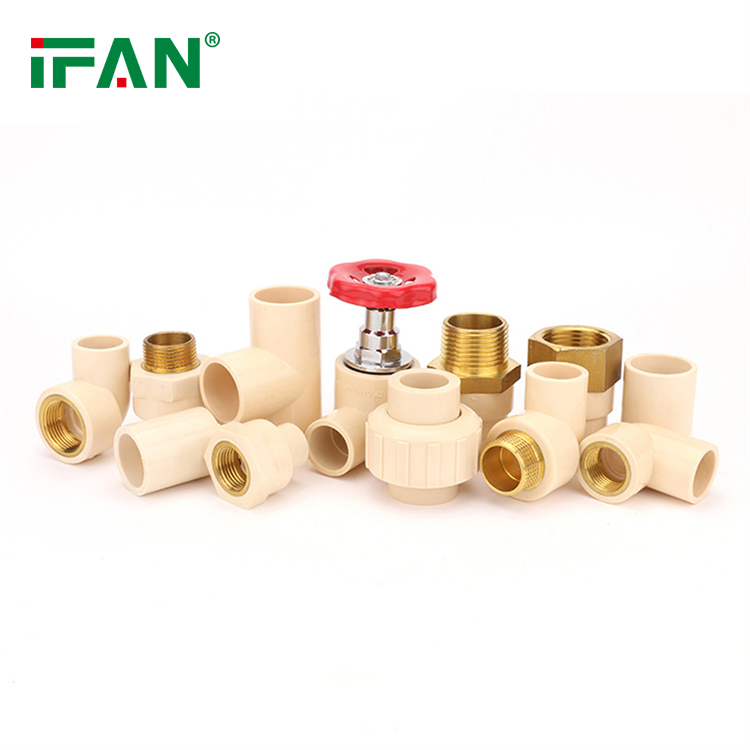
Alternative Materials and Sustainable Practices
As environmental concerns grow, there is an increasing interest in alternative materials that can provide similar benefits to CPVC fittings while minimizing ecological impacts. Options such as cross-linked polyethylene (PEX), copper, and even biodegradable materials are being explored as viable substitutes. Each alternative comes with its own set of advantages and drawbacks in terms of cost, durability, and environmental footprint. Additionally, adopting sustainable practices, such as using reclaimed water in the manufacturing process or implementing energy-efficient technologies, can further reduce the environmental impact of CPVC fittings. Ultimately, a shift towards more sustainable materials and practices will be essential for reducing the overall carbon footprint of building and infrastructure projects.
Conclusion
In summary, while CPVC fittings offer numerous advantages in terms of durability and performance, their environmental impact cannot be overlooked. A thorough lifecycle analysis reveals both the benefits and challenges associated with their production and disposal. Addressing issues related to resource usage, recyclability, and potential hazards will be crucial in making CPVC a more sustainable option. As the industry continues to evolve, exploring alternative materials and sustainable practices will be key to minimizing environmental impacts and promoting a greener future in construction and plumbing.

